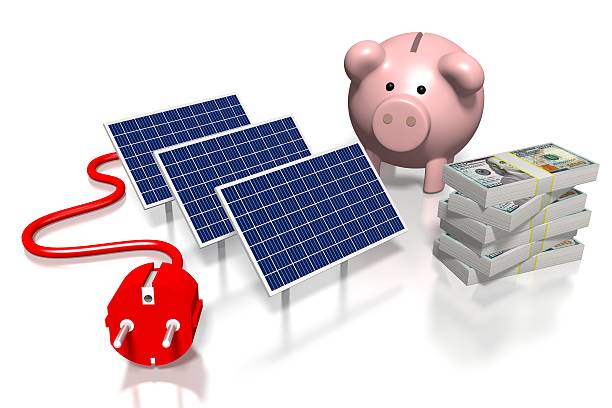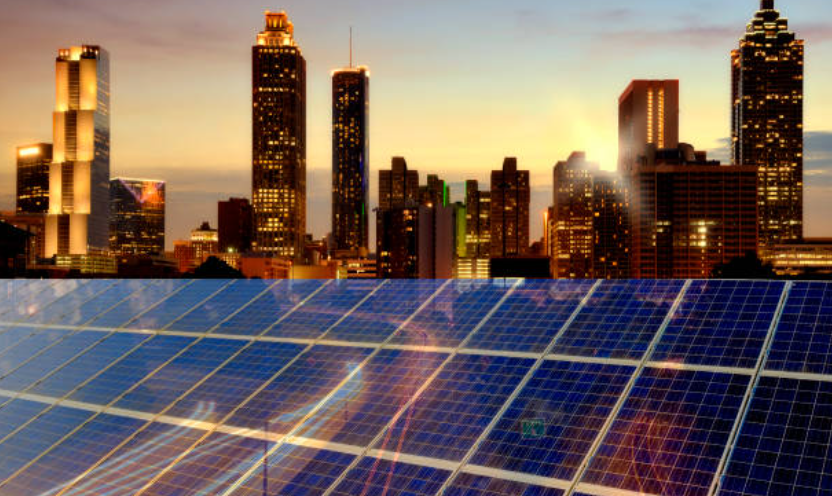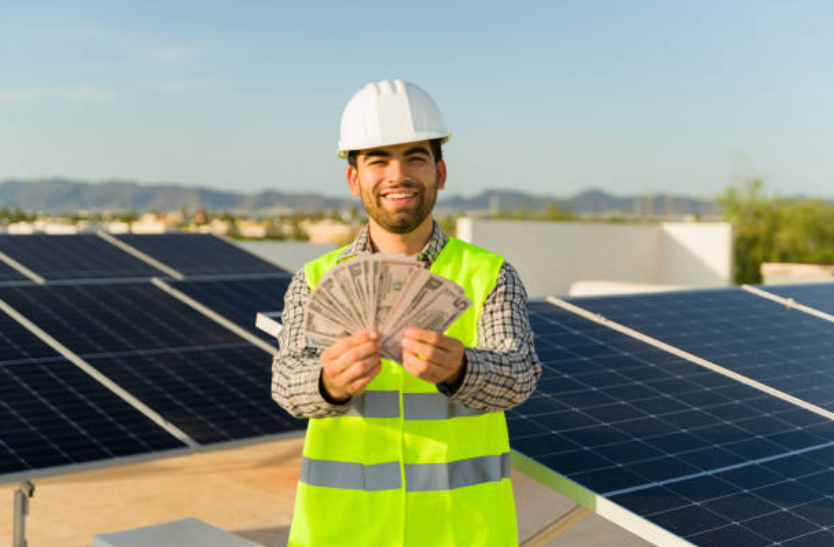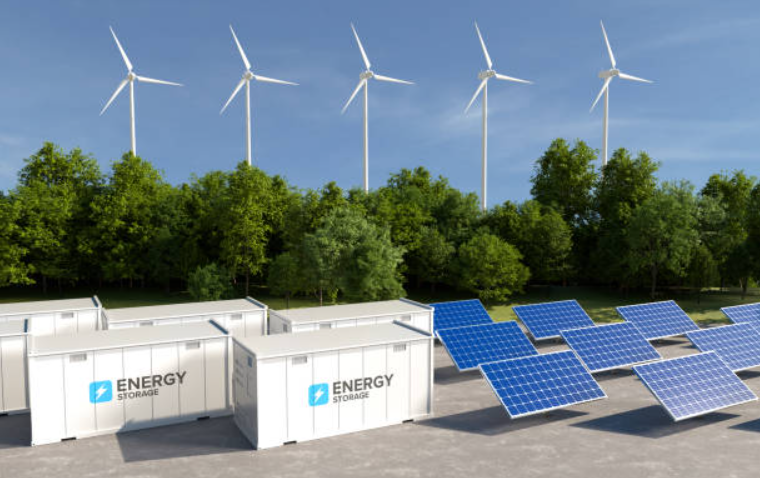What Are Solar Buyback Programs?
Solar buyback programs are initiatives that allow homeowners and businesses with solar panels to sell excess electricity they generate back to the grid. This helps offset the cost of their energy usage when their solar system doesn’t produce enough power. Here are the top 10 facts you might not know about these programs.
1. Solar Buyback Programs vs. Net Metering
What is the difference between net metering and buyback? While both solar buyback programs and net metering allow you to earn credits for excess energy, they work differently. Net metering provides a one-to-one credit on your energy bill for the kilowatt-hours you send back to the grid, while buyback programs may offer a monetary payment, often at a different rate than what you pay for electricity.
2. Incentives and Rebates
Many solar buyback programs come with additional incentives and rebates from both local governments and utility companies. These incentives can significantly reduce the upfront cost of installing solar panels.
3. Variable Buyback Rates
The rate at which you can sell your excess energy back to the grid varies widely depending on your location and utility provider. It’s important to check with your local provider to understand the rates and terms of their buyback program.
4. Contribution to Grid Stability
By participating in a solar buyback program, you help stabilize the electrical grid. Excess solar energy can be used during peak demand times, reducing the strain on traditional power plants.
5. Environmental Impact
Solar buyback programs encourage the adoption of renewable energy, leading to a reduction in greenhouse gas emissions and a smaller carbon footprint.
6. Tax Benefits
In addition to rebates and incentives, participating in a solar buyback program can make you eligible for federal and state tax credits. These credits can further lower the cost of your solar investment.
7. Long-Term Savings
The savings from reduced energy bills and the income from selling excess power can lead to substantial long-term financial benefits.
8. Increased Property Value
Homes with solar panels typically have higher property values. A functional buyback program can make your property even more attractive to potential buyers.
9. Technological Advancements
Solar technology is continuously improving, making it more efficient and cost-effective. Participating in a buyback program today positions you to benefit from these advancements.
10. Understanding the Buyback Period
What is the buyback period for solar panels? The buyback period, or payback period, is the time it takes for the savings from your solar system to equal the initial investment. This period varies but is typically between 6-10 years depending on factors like installation costs, energy prices, and incentives.
Related Sources and External Links on Solar buyback programs
To ensure the information provided is accurate and trustworthy, refer to the following reputable sources:
- Energy.gov – Net Metering
- Solar Energy Industries Association (SEIA)
- Environmental Protection Agency (EPA) – Green Power
Relevant Videos on Solar buyback programs
By understanding what are solar buyback programs and how they can benefit you, you can make informed decisions about your energy use and investments. Whether you’re considering installing solar panels or already have them, knowing these facts can help you maximize your savings and contribute to a greener planet.



